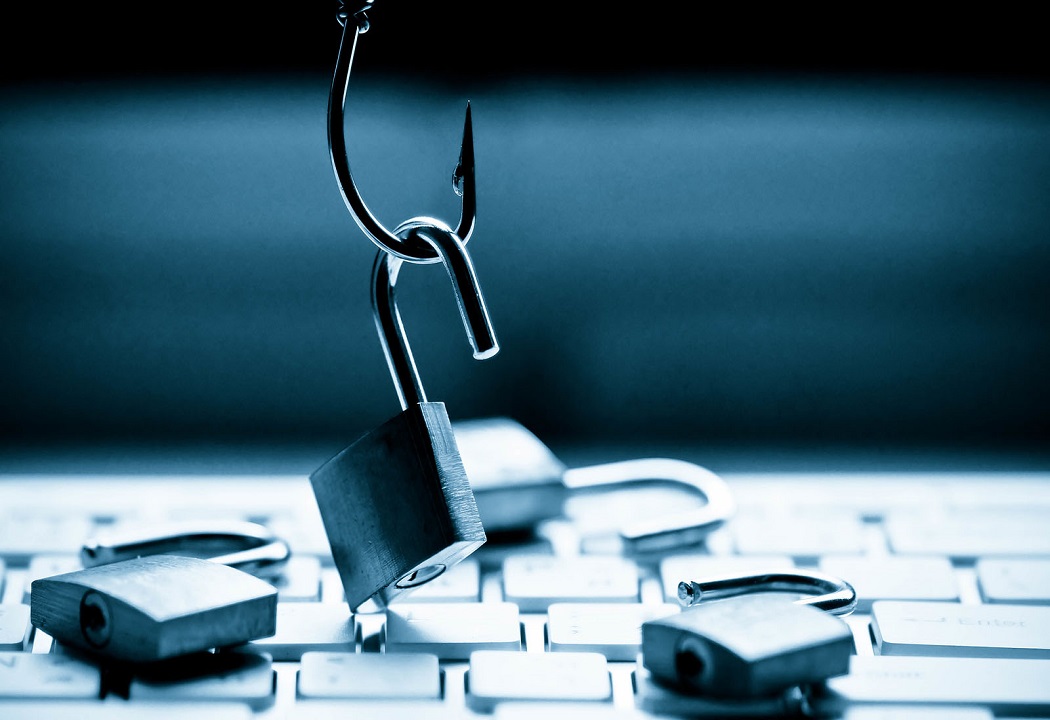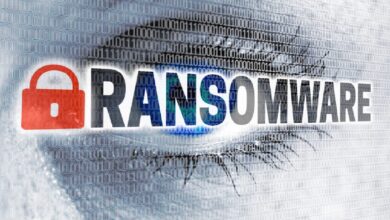How to Spot a Phishing Attempt
10 indicators that an email or other contact is a phishing effort

Phishing assaults are growing more widespread, and they are becoming more sophisticated. While there are several strategies to defend yourself against phishing attempts, one of the most effective is just being aware of them. With that in mind, here are ten frequent indicators that an email or other contact is a phishing effort. But first, let’s understand what a phishing attack actually is.
What exactly is a phishing attack?
Phishing is a sort of social engineering attack that is often used to acquire user information such as login passwords and credit card details. It happens when an attacker poses as a trustworthy entity and tricks the victim into opening an email, instant message, or text message. The receiver is subsequently duped into clicking a malicious link, which can result in malware installation, system freeze as part of a ransomware assault, or the disclosure of sensitive information.
An attack can have disastrous consequences. Individuals are affected by unauthorized purchases, stealing of funds, or identity theft.
Furthermore, phishing is frequently used as part of a bigger assault, such as an advanced persistent threat (APT) event, to build a foothold in business or governmental networks. Employees are compromised in this scenario in order to circumvent security perimeters, propagate malware within a closed environment, or get privileged access to secured data.
10 indicators that an email or other contact is a phishing effort
Unknown number phone calls
Be extremely cautious if you receive a call from an unknown number and the caller claims to be from your bank or another institution. This is a common phishing technique.
The caller will attempt to collect sensitive information from you, such as your credit card. They may even attempt to persuade you to open a link that may install malware on your system.
The message is not customized
Be alert if you receive an email that does not address you by name and instead refers to you as “Dear User” or “Dear Valued Customer.” Phishing emails frequently employ generic greetings to appear more prevalent – and less suspicious – than they are.
This is because they are often sent in bulk as part of a large automated campaign. Phishers generally have a list of email addresses and the goal isn’t to figure out whom the email address belongs to or to make any type of in-depth personalization, but to get as many people to click on the links in their message as possible.
The sender’s email address does not correspond to the organization they claim to represent
This is a simple method for detecting a phishing attempt. If you get an email pretending to be from your bank, yet the email address is anything like [email protected], something is clearly wrong.
Official correspondence will not be sent from a Gmail or Hotmail account. They will always utilize their own URL (e.g., WellsFargo.com, PayPal.com). So, if the email you get is not from an organization’s official domain, that’s a massive red flag.
The email contains grammatical or typographical mistakes
If you get an email that has grammatical problems, typos, or otherwise appears to be badly written, it is likely to be a phishing email.
Phishing schemes also originate overseas, and the perpetrators are not native English speakers. Another sign that an email is a phishing effort is if it has bad language or unusual phrasing.
The message contains an element of urgency
Phishers sometimes use urgency in their emails to encourage users to respond fast and without thinking. They may inform you that your account is going to be closed or that you must act promptly to avoid a terrible outcome.
You were not anticipating the attachments in the email
The phisher will send you an email with a seemingly harmless attachment, such as a PDF document or a picture. However, opening the attachment will install malware on your machine.
The email contains threats or deadlines
Phishers will occasionally use threats or ultimatums in their emails to try to terrify their victims into taking action. They may threaten to terminate your account if you do not act, or you will face legal action if you do not comply.
The email requests personal information
Phishers frequently attempt to gain personal information from their victims, such as credit card details, or login passwords. They may accomplish this by having you fill out a form with your personal information. They may also contain a link to a bogus website where you are requested to submit your personal information.
The email was sent using a free email service
An email from a free email provider, such as Gmail or Yahoo, is a red sign. While there is nothing intrinsically wrong with free email services, phishers frequently utilize them to send emails since they are simple to set up and require no authentication.
Someone adds you on social media who has no followers or friends
This is more widespread on social media platforms such as Facebook and LinkedIn. If someone adds you who has no followers or friends, that’s a red sign. It’s conceivable they’re simply attempting to expand their network, but it’s also possible they’re a phisher.
Conclusion
Phishing is a major issue that is only growing worse. You can prevent yourself from these attacks by learning how phishing works and knowing what to look for.
Check out The List Of WiFi Hacking Apps For Android
If you have any doubts about an email or a website, do not proceed. It is always better to be safe than sorry. To be cautious, change your passwords and conduct a virus scan on your computer if you suspect you have been the victim of a phishing assault.
ALSO READ: Most Common Passwords in 2022- How To Keep Track Of Your Password Security
PTA Taxes Portal
Find PTA Taxes on All Phones on a Single Page using the PhoneWorld PTA Taxes Portal
Explore NowFollow us on Google News!





